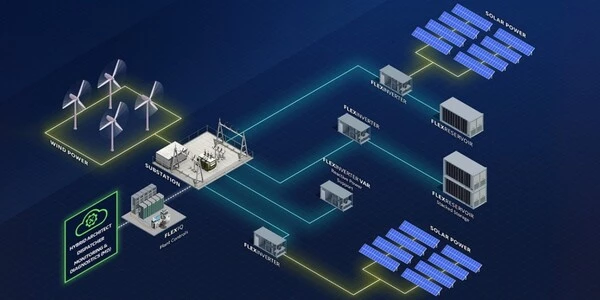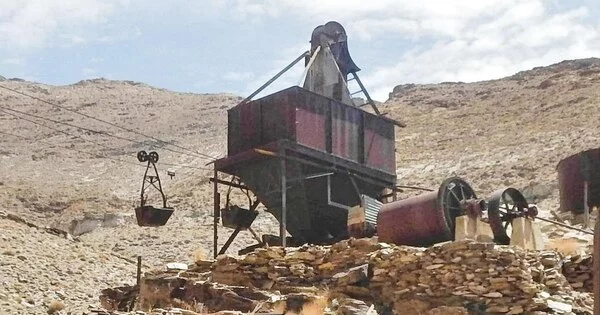It is possible to repurpose abandoned mines as energy storage facilities by using them as underground batteries. This can be done by pumping water into the mine to store energy as potential energy, and then releasing the water through turbines to generate electricity when needed. This method, known as pumped hydro storage, is currently the most widely used form of large-scale energy storage in the world.
Another way to repurpose mines is to convert them into caverns for compressed air energy storage (CAES), which works by compressing air and storing it underground, then releasing it to drive turbines and generate electricity when needed. However, this method is less common than pumped hydro storage.
Underground Gravity Energy Storage is a novel technique that converts decommissioned mines into long-term energy storage solutions, thereby supporting the sustainable energy transition. Renewable energy sources are critical to achieving a more sustainable energy future. However, because energy sources such as sunlight and wind are inherently variable and inconsistent, finding ways to store energy in a convenient and efficient manner is critical. While there are many effective daily energy storage solutions, the most common of which are batteries, a cost-effective long-term solution is still lacking.
When a mine closes, it lays off thousands of workers. This devastates communities that rely only on the mine for their economic output. UGES would create a few vacancies as the mine would provide energy storage services after it stops operations.
Julian Hunt
In a new IIASA-led study, an international team of researchers developed a novel way to store energy by transporting sand into abandoned underground mines. The new technique called Underground Gravity Energy Storage (UGES) proposes an effective long-term energy storage solution while also making use of now-defunct mining sites, which likely number in the millions globally.
When the price of electricity is high, UGES generates it by lowering sand into an underground mine, converting the sand’s potential energy into electricity via regenerative braking, and then lifting the sand from the mine to an upper reservoir using electric motors to store energy when the price of electricity is low. The shaft, motor/generator, upper and lower storage sites, and mining equipment are the main components of UGES. The more power that can be extracted from the plant, the deeper and wider the mineshaft, and the larger the mine, the greater the plant’s energy storage capacity.

“When a mine closes, it lays off thousands of workers. This devastates communities that rely only on the mine for their economic output. UGES would create a few vacancies as the mine would provide energy storage services after it stops operations,” says Julian Hunt, a researcher in the IIASA Energy, Climate, and Environment Program and the lead author of the study. “Mines already have the basic infrastructure and are connected to the power grid, which significantly reduces the cost and facilitates the implementation of UGES plants.”
Other energy storage methods, such as batteries, lose energy over time due to self-discharge. Because UGES’ energy storage medium is sand, no energy is lost due to self-discharge, allowing for ultra-long time energy storage ranging from weeks to several years.
UGES investment costs range from 1 to 10 USD/kWh, with power capacity costs ranging from 2,000 USD/kW. The technology has a global potential of 7 to 70 TWh, with the majority of this potential concentrated in China, India, Russia, and the United States.
“To decarbonize the economy, we must rethink the energy system in terms of innovative solutions that make use of existing resources. Converting abandoned mines into energy storage is one of many solutions available to us; all we need to do is change how we deploy them “Behnam Zakeri, study coauthor and IIASA Energy, Climate, and Environment Program researcher, concludes.
















